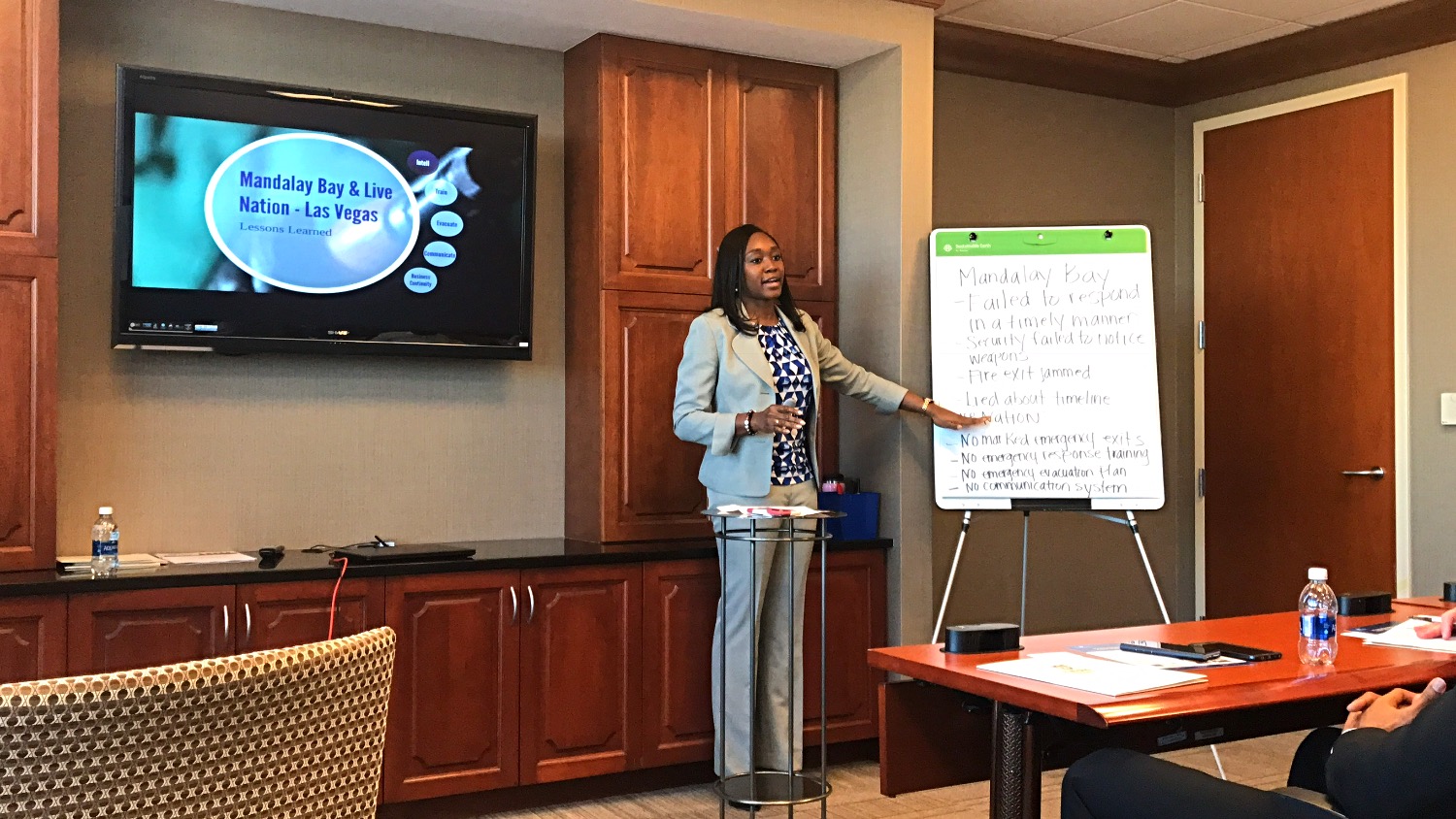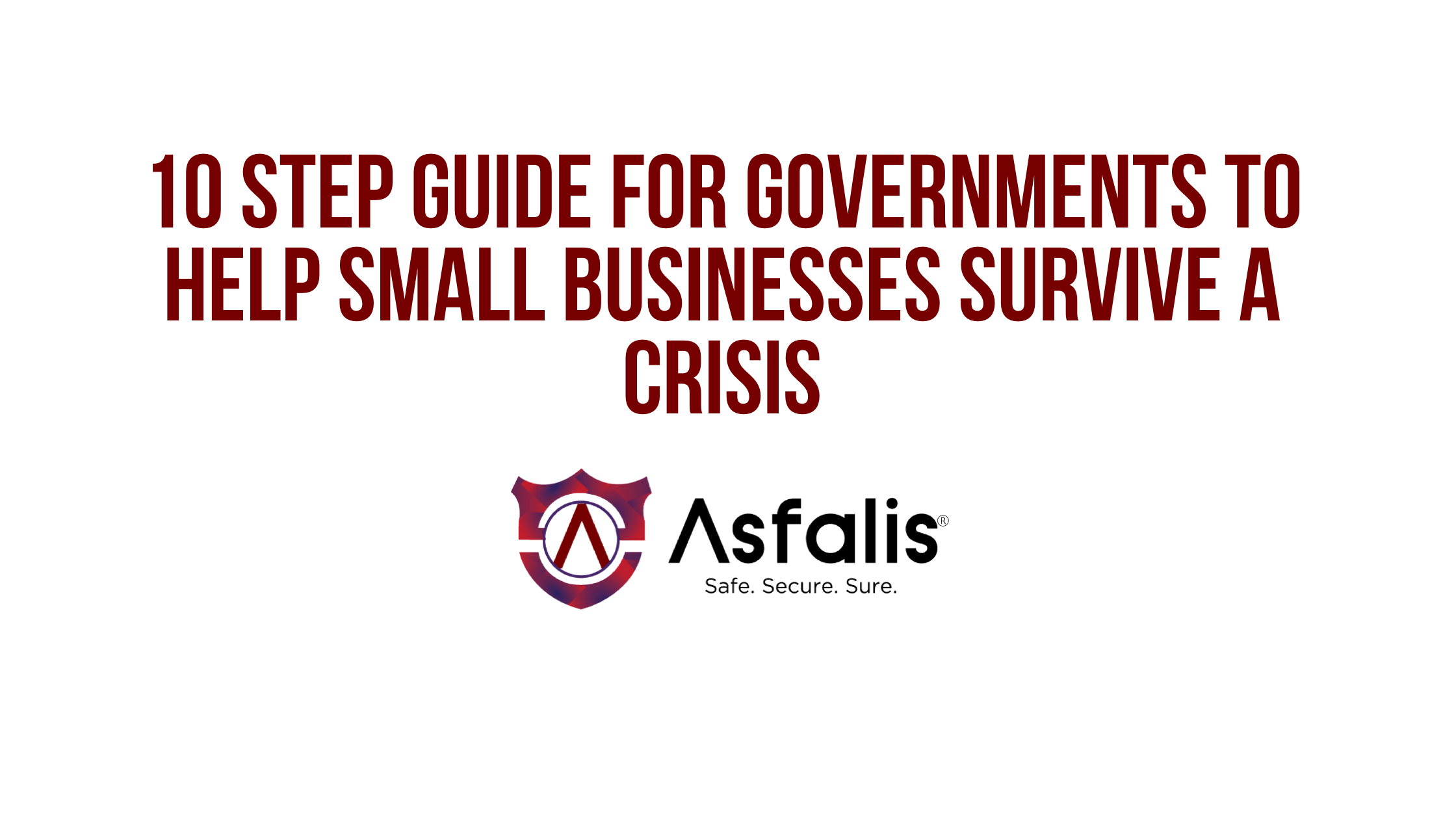The Texas church shooting on Sunday November 5th lasted approximately seven minutes, the same amount of time it takes a first responder to arrive on the scene of an emergency. According to the Gun Violence Archive the United States had about 307 mass shootings since January 1, 2017, which is about 7 per week, to date. In America, people have a greater chance of dying in mass shootings if they’re at school or a place of business.
When I wake up in the mornings and look at the notifications on my phone, I typically see … school shooting, missile launch, data breach, active shooter, terrorism, murder, sex trafficking, active shooter, etc. When I learned “69% of organizations view an active shooter incident as a potential top threat, however, an overwhelming 79 percent are not prepared,” according to Security Magazine, it concerned me.
The crisis management and business continuity programs I’ve supported over the past 10 years have provided a front row seat to security concerns, to include:
- Lack of clearly defined exit routes for employees and customers.
- Unclear communication between emergency plans and individuals responsible for execution.
- Doors without locks, preventing employees from securing themselves in an office.
- Emergency plans that are never tested.
- Proper training for staff members to identify concerns before they become a safety threat.
Many of the concerns I’ve seen throughout my career are the same concerns Mandalay Bay and Live Nation experienced, which led to over 450 pending lawsuits after the 2017 active shooter incident. What prevents leaders from proactively managing active shooters? How can we move 79% of organizations who view shooters as a threat to action?
Here’s how can your organization can be amongst the 21% that are prepared for an active shooter.
- Be proactive – establish systems, protocols, and communications before the crisis, not afterwards. The more you and your organization prepare for crises, the shorter your response and recovery times will be.
- Involve everyone – the senior leadership team and front-line employees have different roles in a crisis. Communicate with your team, and ensure they are clear with expectations and responsibilities.
- Practice – plans are words on a shelf until you put them into action. Your team will respond confidently the more you practice.





